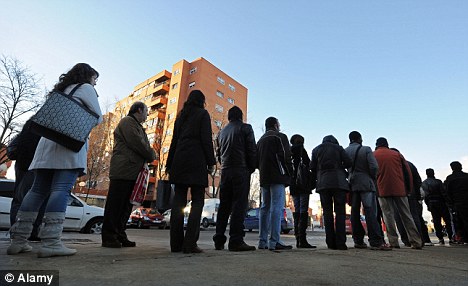Waiting at the bus stops, supermarkets and many other places and watching what people do, laughing when they do something funny and silly, suddenly remembering that we are on an observation session and we do the same sometimes, after all studying and observing human behaviour is fun.
Ever thought that each and every action, gestures and postures done by us have meaning of its own?; once coming into the behavioural studies we were able to find the meanings related with those.
We may and can think that we are having a control over behaviour, but if so we would not get so mad at friends and loved ones, we would eliminate temper, sobbing and we would be more into laughter, love and peace.
Our behaviour has a long evolutionary history and it has become important for our survival. Thus behaviour can and is described under many topics.
You all may have waited at bus stops; ever noticed the things you and others do while waiting for a bus especially at rush hours? In a bus stop we find people of many different age groups; school children, teenagers, young working crowd, middle-aged people and old people. The behaviour shown by individuals differ according to their age groups. School children may not keep at a one place, when there are many from the same peer group they may shout and laugh, young working people correct their sleeves, correct their hand bags. These actions are named as displacement activities and are performed during periods of acute tension. They are small, and are irrelevant movements made during moments of inner conflicts or frustration.
As an example whenever we participate in social gatherings we find ourselves in a state of a conflict. During this encounter whether we are hosts or guests there are some displacement performances concerned. Hosts may rub his hand showing displacement hand-washing, a guest may carefully smooth the dress, stroking beard- displacement grooming, sipping drinks-displacement drinking, nibbling tidbits- displacement eating. The performance of all these actions helped to ease the tension by keeping ourselves occupied during the initial stages of the encounter. People develop personal displacement habits which they employ whenever internal conflicts arise. Thus sportsman who vigorously chews gum before the start of an important match, executive who polishes his spectacles at a committee meeting, schoolboy who bites his nails, lecturer who repeatedly realigns his lecture notes etc. are examples for such.
When two friends meet and talk informally they usually adopt similar body postures. Ever noticed that it is so whenever you are with your bestie?. If not try to note that out; probably not in yours but in others. When two friends discuss matters regarding something and they have the same attitudes towards that, it is more likely that the positions in which they hold their bodies are the same becoming carbon copies virtually. This is what known as postural echo and they do this unconsciously as a display of companionship. The precision of the postural echo can be quite remarkable.
Two friends talking in a restaurant both lean on the table with the same elbow, till their bodies forward to the same angle, nod in agreement with the same rhythm, two others reclining in armchairs both have their legs crossed in exactly the same way and both have one arm across their lap, two friends chatting while standing by a wall both lean against it with the same body slope and both having one hand thrust deep into a pocket and the other hand resting on the hip are some common examples that can be observed.
The more surprising thing to see is that they frequently synchronize their movements as they talk. When one uncrosses his legs the other soon follows, when one leans back a little so does his companion; sometimes you may also remember doing the same scenario. This spells equal-status friendship, it can be used by dominant individuals to put their subordinates at their ease. When a patient sits quietly learning toward in his chair with arms folded across his chest, the doctor who sits near him pose similar is more likely to communicate successfully with him.
The invading arms encroaching on national territory, the gang moving into rival district, the trespasser climbing into an orchard, the bulgar breaking into a house, the bully pushing to the front of a queue, the driver trying to steal a parking space are some examples where we see territorial behaviour. This territorial behaviour is even seen at ancient times in tribes. They were in small groups. They had their own places to live which another from a different tribe is not allowed to enter. If so where there would be fights among the tribes.
Although invading the territories may cause conflicts but is very abandon as they control and inhibit those now a days. There is a special kind of sharing system among humans which reduces fighting. Man is a co-operative species, but also competitive and struggle for dominance. It is said that just as a dog cocks its leg to deposit its personal scent on the trees in its locality, so the human animal cocks its leg symbolically all over his home base. But as we are visual animals we employ mostly visual signals and using those we define our own territories.
So it’s amazing to see that each behaviour pattern shown by us has its own meaning and truly it’s wonderful to look at things in that way.
Source:
http://homepage.smc.edu/zehr_david/desmond_morris.htm
http://www.animalbehavioronline.com/displacementbehavior.html
http://brecht.wordpress.com/2006/12/05/dr-morris-on-postural-echos/

